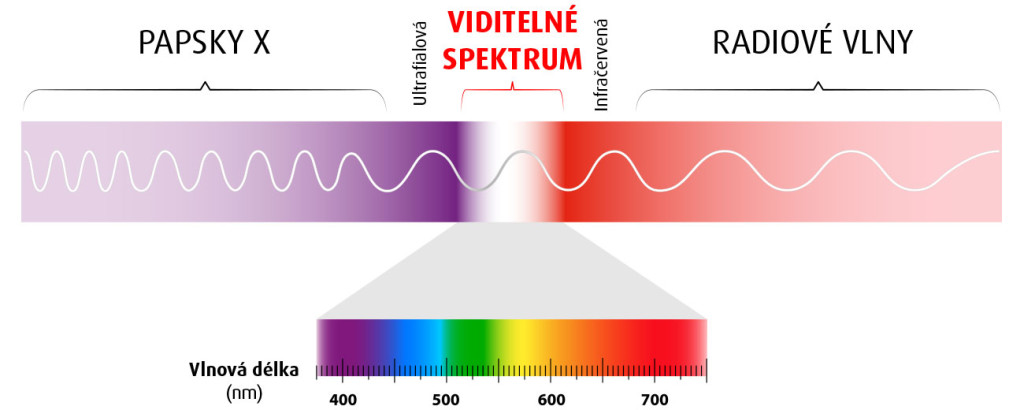In order to provide the best possible service, we use technologies such as cookies to store and/or access device information.
Technical storage or access is absolutely necessary for the legitimate purpose of enabling the use of a specific service that the subscriber or user has expressly requested, or only for the purpose of carrying out the transmission of a message via an electronic communications network.
Technické uložení nebo přístup je nezbytný pro legitimní účel ukládání preferencí, které nejsou požadovány odběratelem nebo uživatelem.
Technical storage or access that is used exclusively for statistical purposes.
Technické uložení nebo přístup, který se používá výhradně pro anonymní statistické účely. Bez předvolání, dobrovolného plnění ze strany vašeho Poskytovatele internetových služeb nebo dalších záznamů od třetí strany nelze informace, uložené nebo získané pouze pro tento účel, obvykle použít k vaší identifikaci.
Technical storage or access is necessary to create user profiles in order to send advertising or track the user across a website or several websites for similar marketing purposes.


